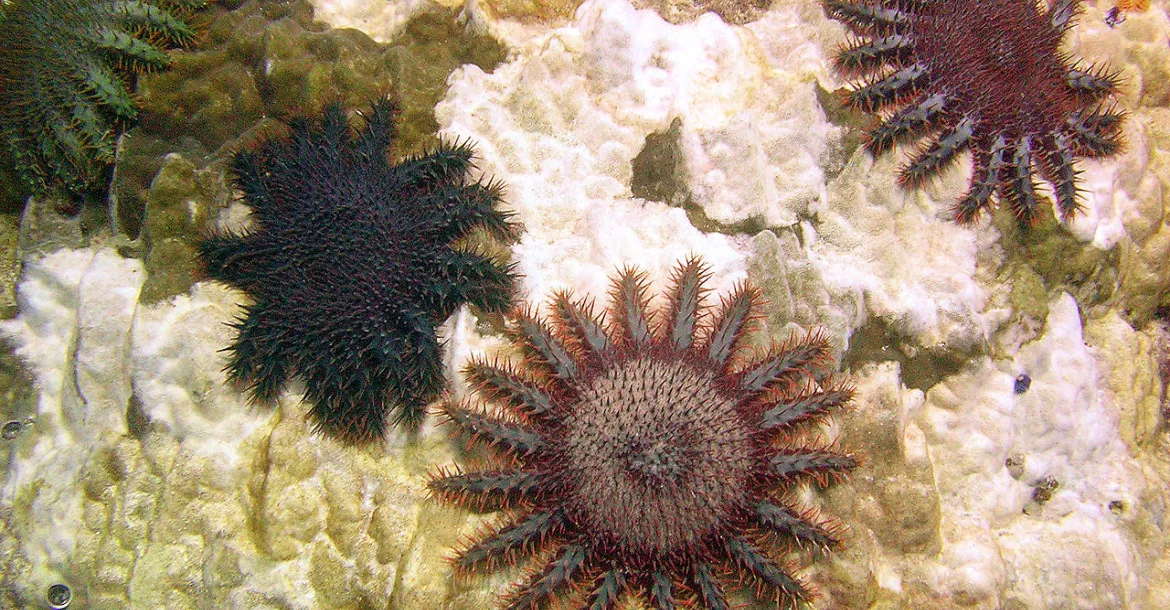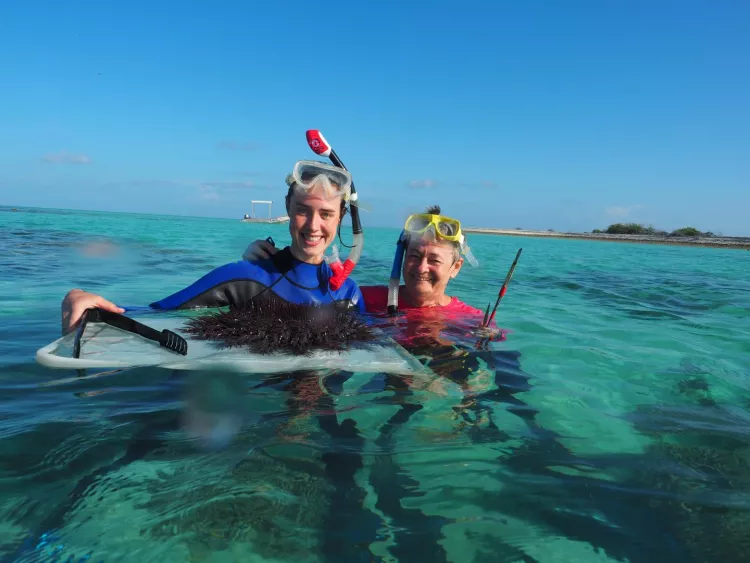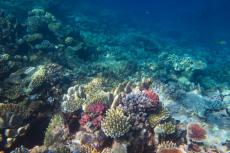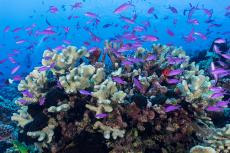Crown-of-thorns starfish lie in wait for corals to recover
It is common knowledge that the crown-of-thorns starfish is the bane of coral reef communities. What is lesser known is that this species does not feed on only corals. Rather, in its juvenile stage, it feeds on algae. Then, as it matures into an adult, it will switch to a diet of corals.
It is common knowledge that the crown-of-thorns starfish is the bane of coral reef communities. What is lesser known is that this species does not feed on only corals. Rather, in its juvenile stage, it feeds on algae. Then, as it matures into an adult, it will switch to a diet of corals.
Based on new research reported in the Biology Letters journal, the starfish has the ability to adjust the timing of its dietary change based on the availability of coral in the vicinity.
So, if the corals around it have been bleached or are in the process of recovery, the starfish can continue with its algal diet, as it awaits the coral’s recovery.
Peter Pan effect
"This Peter Pan effect means that populations of juvenile crown of thorns starfish can build up on reefs in the absence of coral," said Dione Deaker, a PhD student at the University of Sydney, who led the study.
"They could become a hidden army waiting to consume reefs as the reefs recover."
The crown-of-thorns starfish normally switches to a coral-based diet after at least four months. The study has shown that it can delay this switch by as long as 6.5 years.
In the study, two groups of crown-of-thorns starfish were reared in the lab. Both were fed only algae; one group for 10 months, and the other group for 6.5 years. Despite the difference in age, both groups grew to the same maximum size of 16 to 18 millimetres.
Then, when the starfish was given a coral-based diet, the two groups continued to exhibit the same growth pattern.
"The remarkable resilience of juvenile starfish to coral scarcity complicates our ability to age them and indicates the potential for reserves of juveniles to accumulate on the reef to seed outbreaks when favourable conditions arise," said Deaker.
Her adviser, Professor Maria Byrne added, "Another important implication of our findings is the possibility that the current adult starfish killing programs used to manage crown of thorns starfish might, in fact, trigger a feedback mechanism in the starfishes' transition to coral predator as juveniles are released from adult competition."


















































